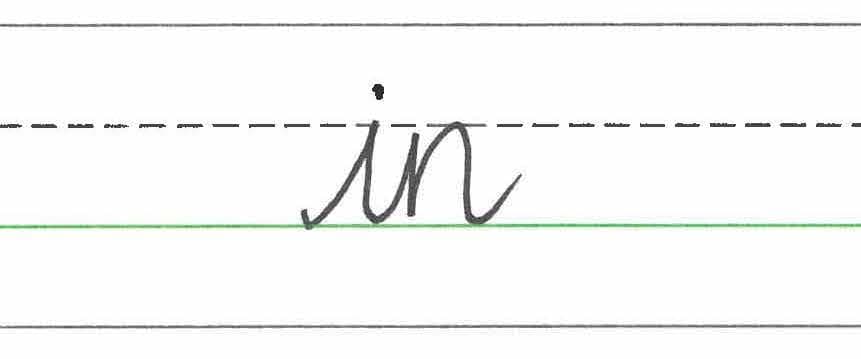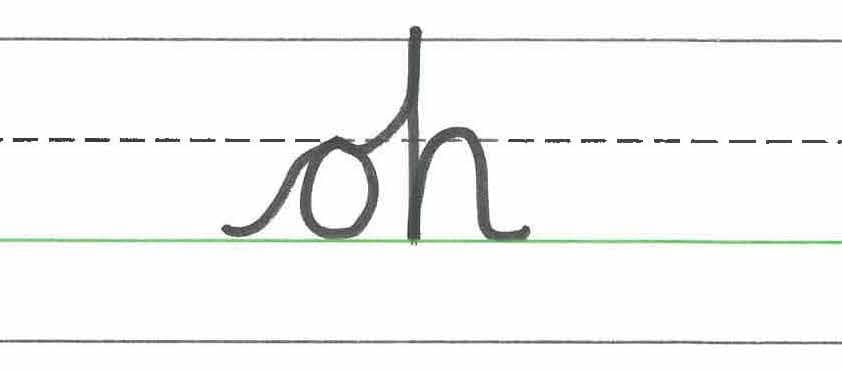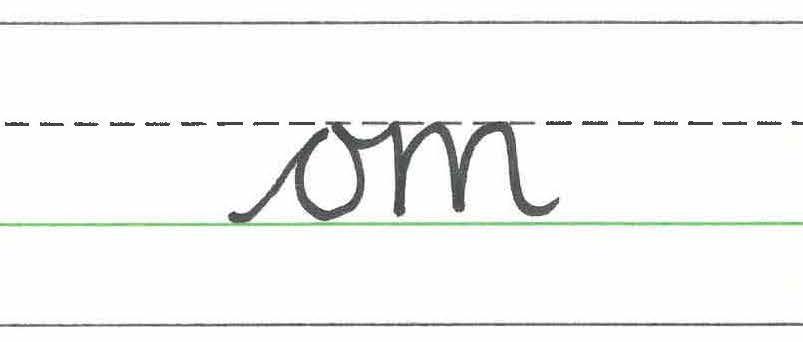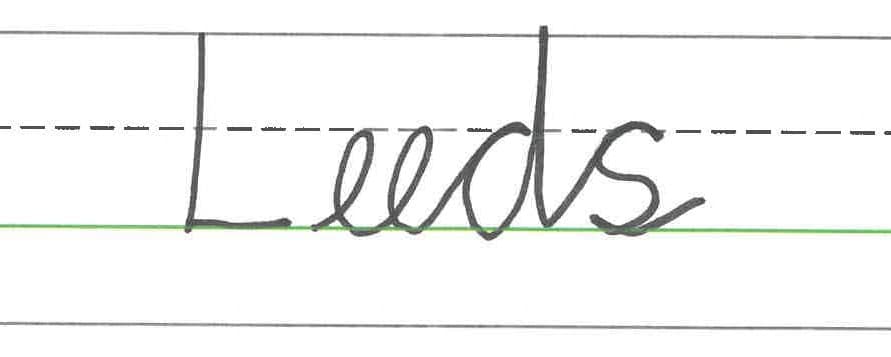Practising handwriting with famous quotations
I can correctly copy out famous quotations in cursive handwriting.
Practising handwriting with famous quotations
I can correctly copy out famous quotations in cursive handwriting.
These resources will be removed by end of Summer Term 2025.
Lesson details
Key learning points
- A famous quotation is a well-known phrase, statement, or passage attributed to a particular person, work, or source.
- The quotation is demarcated with inverted commas.
- The quotation starts with a capital letter.
- After forming a capital letter, you need to lift your pencil to start the next part of the word.
- A range of joins will be used depending on which letters are joining to which letters.
Keywords
Quotation - a word, phrase, or sentence that is taken directly from someone's speech or writing and is presented within quotation marks to indicate it as someone else's words
Inverted commas - also known as quotation marks, are punctuation marks used to indicate the beginning and end of direct speech or a quotation
Famous - known about by many people
Join - how the letters are connected together
Common misconception
Sometimes when writing quotations, the children may forget to start with a capital letter as they are concentrating on using the inverted commas.
Model clearly by saying your thought process out loud to remind the children that a capital letter is needed. For example, 'quotation mark, capital letter, lift my pencil...'.
To help you plan your year 4 english lesson on: Practising handwriting with famous quotations, download all teaching resources for free and adapt to suit your pupils' needs...
To help you plan your year 4 english lesson on: Practising handwriting with famous quotations, download all teaching resources for free and adapt to suit your pupils' needs.
The starter quiz will activate and check your pupils' prior knowledge, with versions available both with and without answers in PDF format.
We use learning cycles to break down learning into key concepts or ideas linked to the learning outcome. Each learning cycle features explanations with checks for understanding and practice tasks with feedback. All of this is found in our slide decks, ready for you to download and edit. The practice tasks are also available as printable worksheets and some lessons have additional materials with extra material you might need for teaching the lesson.
The assessment exit quiz will test your pupils' understanding of the key learning points.
Our video is a tool for planning, showing how other teachers might teach the lesson, offering helpful tips, modelled explanations and inspiration for your own delivery in the classroom. Plus, you can set it as homework or revision for pupils and keep their learning on track by sharing an online pupil version of this lesson.
Explore more key stage 2 english lessons from the Building fluency in the four joins, suffixes and common exception words unit, dive into the full secondary english curriculum, or learn more about lesson planning.

Content guidance
- Risk assessment required - physical activity
Supervision
Adult supervision required
Licence
Starter quiz
6 Questions







